I’d like to share with you a book about a woman who is not truly a veteran, but who the military still relied on between the start of World War I and the end of World War II. Elizebeth Smith Friedman cracked thousands of codes in her lifetime, many of them harboring valuable secrets. In a span of just three years in her secretive career, she cracked 12,000 coded messages. Just imagine the workload and the challenge when she didn’t know anything about these messages, or even what code they were in. This cryptanalyst figured out everything from scratch for every single message.
Veterans Day celebrates so many amazing people who served our country. There are so many examples of decorated soldiers who risked everything, many paying the ultimate sacrifice trying to protect America and her people. There are also countless heroic deeds done by other soldiers who aren’t as well known, or are completely anonymous. There are even civilians who helped determine our nation’s fate. Many will never receive recognition.
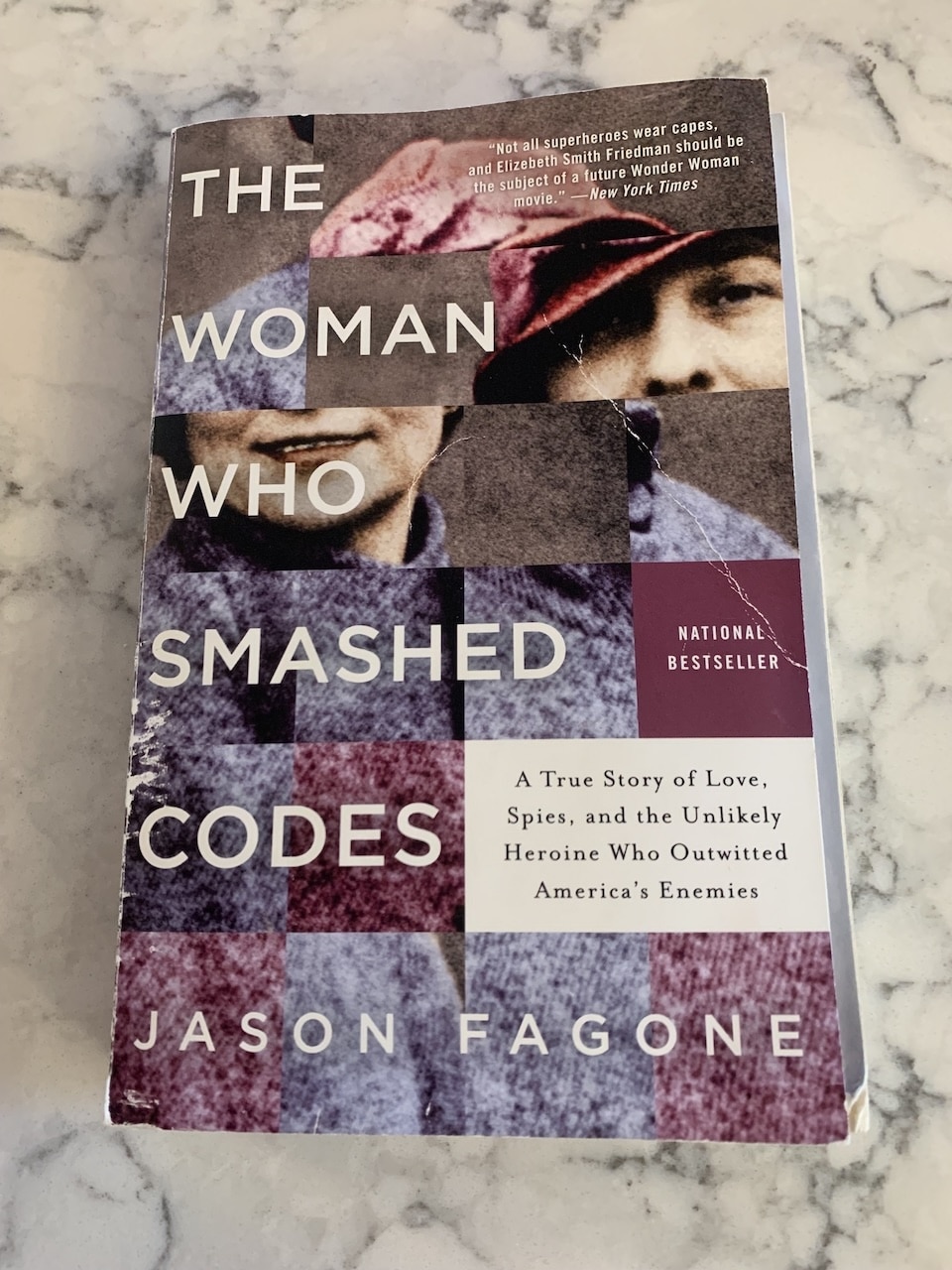
I learned about this woman by accident. My family traveled to Wyoming this year, and I only brought one book to read. I quickly and annoyingly finished my book within a day, but thankfully, Mom found a little used bookstore that proved to be a crazy stroke of luck. I found a few books that I couldn’t find anywhere else, and my eye caught on “The Woman Who Smashed Codes: A True Story of Love, Spies, and the Unlikely Heroine Who Outwitted America’s Enemies,” by Jason Fagone. I don’t know about you, but that sounded pretty intriguing to me.
“The Woman Who Smashed Codes” tells the riveting story of Elizebeth Smith Friedman, one of America’s first codebreakers. From cryptic messages sent between alcohol smuggling rings, to the enciphered Nazi notes in World War II, Elizebeth turned jumbled letters into coherent words that determined the fate of the nation. Yet, incredibly, few people know her story.
Codes have a massive role in communication, especially in wars. Just think of the Zimmerman telegram that helped push the US into World War I, or the supposed unbreakable German Enigma machine in World War II. Codes are a common science, used by nations all over the world to protect secrets. Cryptography is not an obscure art, but rather a process full of frequency and statistics through the scientific method that we all learned in school. After science runs its course, creative thinking in the form of a bit of guesswork comes into play.
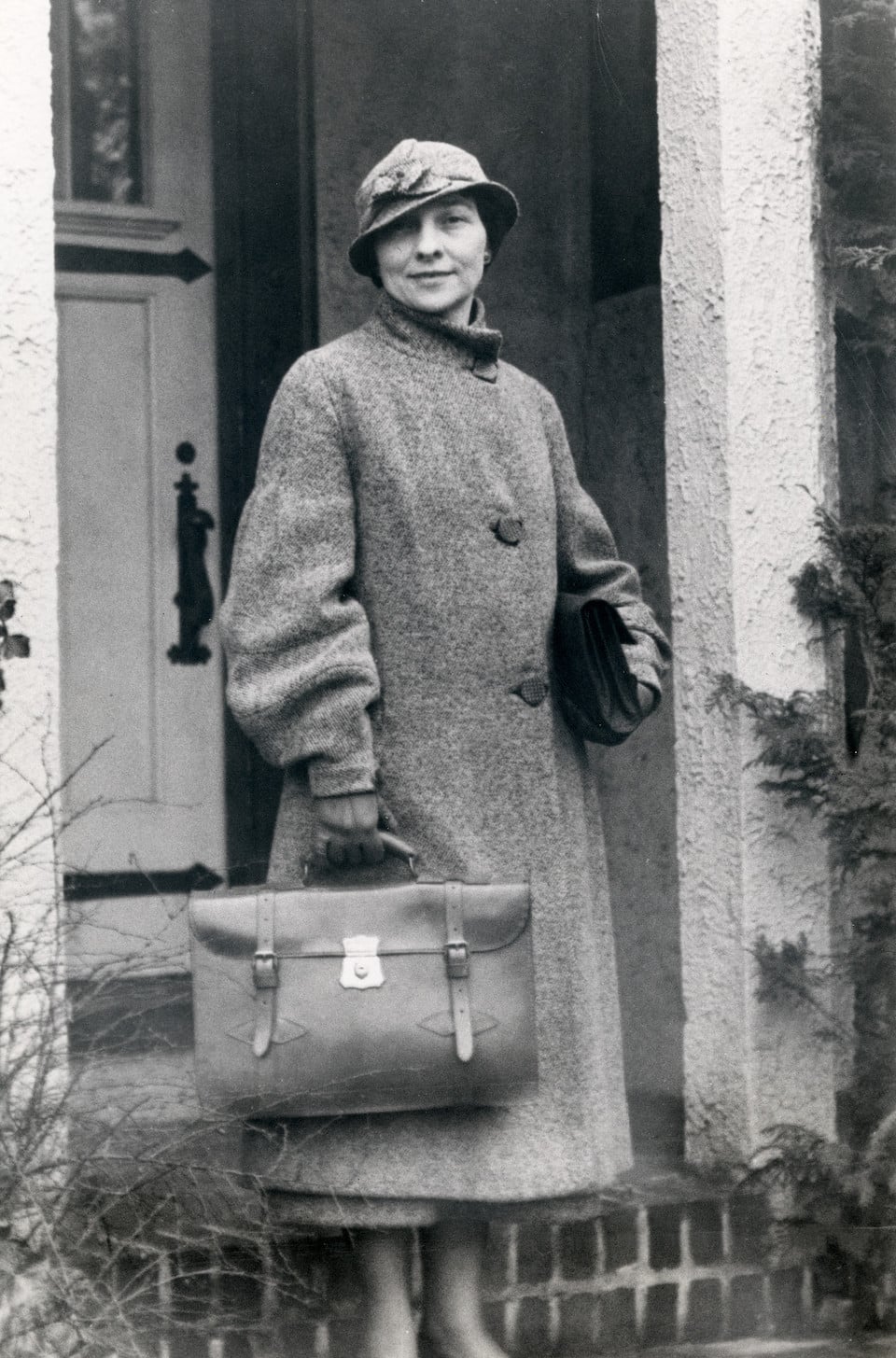
A small group of people handled nearly all of America’s codebreaking for many years. In fact for a while, Elizebeth and her husband, William Friedman, cracked nearly every code the US could get its hands on. The husband-and-wife duo eventually trained most of America’s cryptanalysts, if not directly, then through the couple’s writings. Both Elizebeth and her husband were formidable code breakers, but if Elizebeth had not taken up a bizarre job, their life story would be very different.
In 1916, 23-year-old Elizebeth Smith spontaneously agreed to take on a job that she knew nothing about, working for a man whom she didn’t know. Wealthy businessman George Fabyan put together a team whose sole purpose was to find hidden messages in the original printing (the First Folio) of Shakespeare’s works. This small team stayed at Fabyan’s magnificent Riverbank estates, which many people claimed as their home.
Elizebeth’s purpose at this “community of thinkers” was to determine which letters in the First Folio were structured differently than others. This is code in one of its simplest forms. Explanations of it and more abound in “The Woman Who Smashed Codes.” Fagone manages to make the process seem easy in some cases, and if not always simple, then understandable. A substitution cipher, for example: A = B, B = C, etc. If A = B, A can never equal D. Through his descriptions, I’m able to follow and understand the codes that Elizebeth cracked in her impressive career.
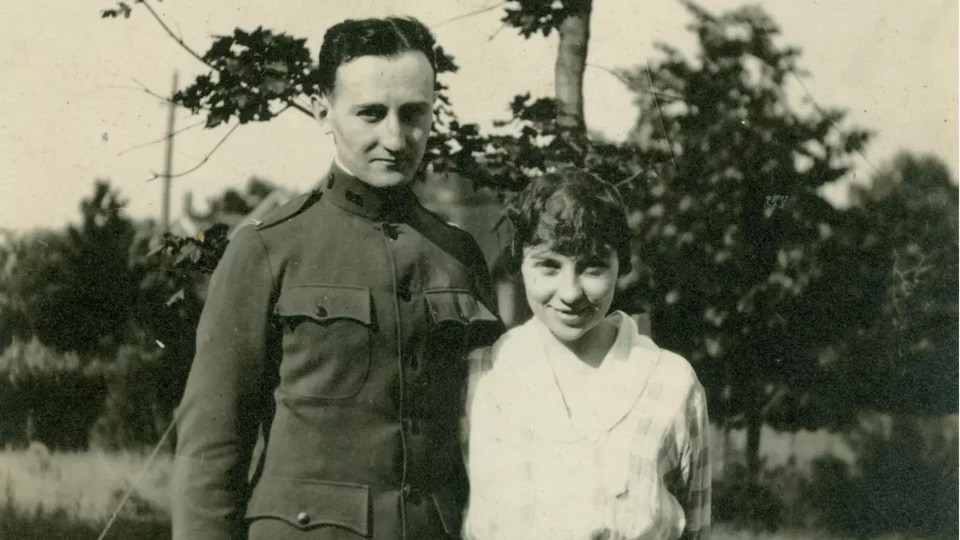
What I love about this book though, is not the explanation of complex sciences, but the development of the people Fagone wrote about. Take George Washington, for example. When I read a history book about him, the book will always talk about his heroic deeds. These are amazing to read about, but in that context, to me he’s one of many people who lived and died for America. While this is wonderful, I really enjoy the books that tell me more about Washington’s personality or the books that make me feel like I could sit down and have a conversation with him. I think that Fagone does an excellent job writing about people’s qualities. There is so much information about Elizebeth as a person, about her falling in love and about her family life. She may be the most richly described person I’ve ever read about.
Elizebeth also attended college, unusual for a woman at the time, and developed a lifelong love of literature and poetry. She even worked as a seamstress so she could try to pay for her tuition. After she finished college, however, she described feeling like “a quivering, keenly alive, restless, mental question mark.” With a sharp tongue and “fiery spirit,” she didn’t know what to do with herself. She eventually met Fabyan while looking for work, and when World War I rolled around, he threw her headfirst into the world of cryptology.
Here’s a quote from the book that I liked: “If I may capture a goodly number of your messages, even though I have never seen your code book, I may read your thoughts.”
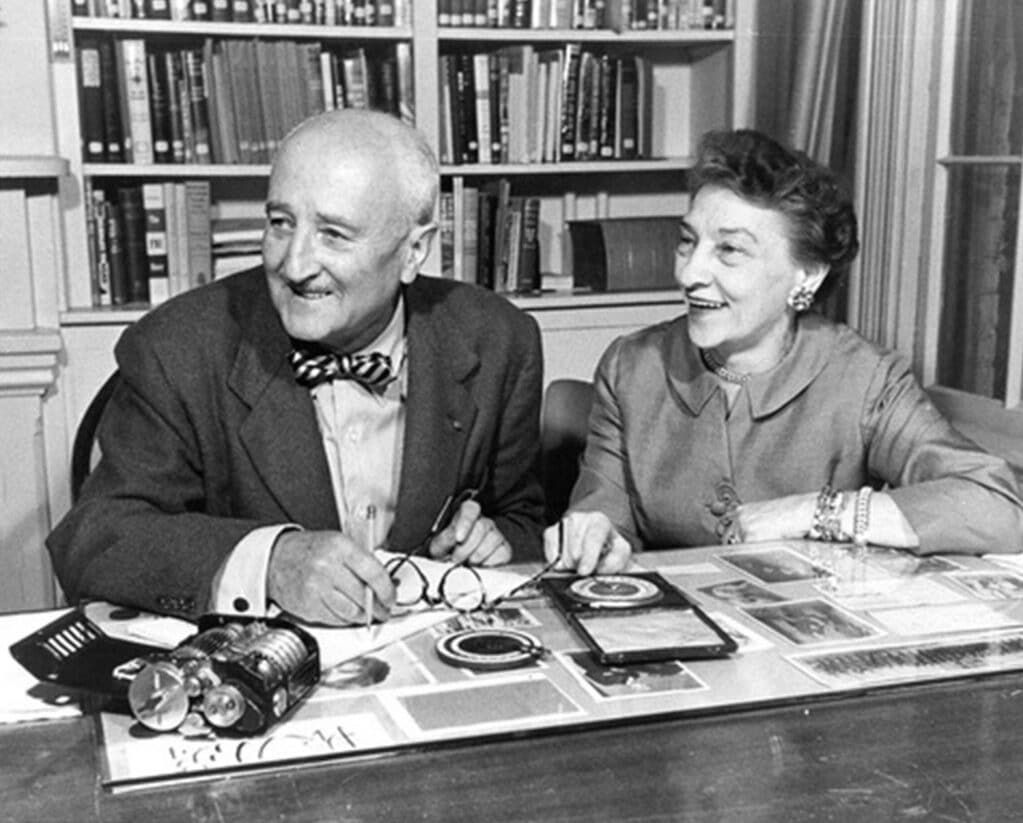
Elizebeth married her husband in 1917, and the duo cracked countless enemy codes. After the Allies won the war, Elizebeth and William eventually took separate career paths. She worked for the Army, Coast Guard and Navy, deciphering anything they gave her. She smashed codes from “rum-running” boats smuggling alcohol during Prohibition, formed her own code-breaking team and took on the Nazis during the second World War.
One of America’s worries in the early days of the World War II was South America. Multiple countries either maintained neutrality or supported Hitler. If Hitler gained access to South America, he could strike the United States. Nazis headed over to Brazil, Argentina and Chile and established radio stations to relay information back to Germany. It began with three stations, but when the FBI tried to break the spy ring, more stations using more complex codes began to appear. Many of these codes, when solved, revealed messages in Spanish, Portuguese, or German. Elizebeth and her team solved all of them, until one circuit in Argentina began to use the most complicated code yet. These new messages utilized code generated by the Enigma machine, the toughest code-making machine at the time.
Elizebeth didn’t have a computer back in the ’40s. She and her team cracked Enigma and solved every message, all with pencil and paper. In fact, Elizebeth’s preferences didn’t change much since her early days of codebreaking with William. Fagone writes, “They liked pencils with soft lead and big erasers,” and they “never deviated from these choices.” The fact that Fagone includes something as small as this in his book makes Elizebeth seem much more human.
Sometimes I read something about history and come away feeling like I learned about a larger-than-life figure. “The Woman Who Smashed Codes” makes me feel like I’m reading about real people with real lives.
This is something I think we lose in history. We’re busy remembering the things people did instead of who they were.
There’s a reason why Fagone’s book was a national bestseller. This isn’t a story about some obscure woman with a knack for code breaking. It’s a story about a woman who lived a remarkable life and didn’t receive the credit for her greatest achievements. Everyone in this book is a real person, and feels like one, too. Aside from the pressing uncertainties and urgencies of war, life went on for these people.
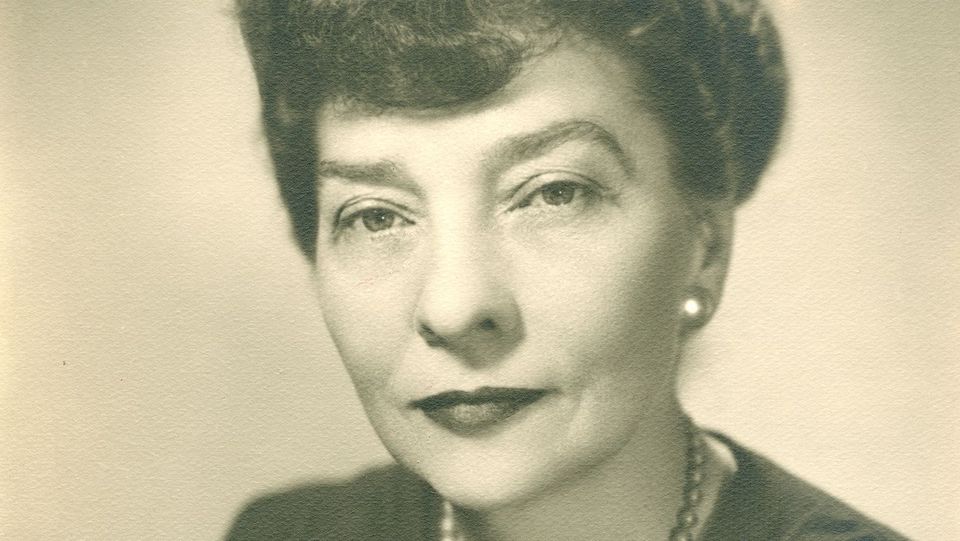
Most don’t know about Elizebeth for two reasons. The first is because J. Edgar Hoover and the FBI took all of the credit for smashing the South American spy rings. However, the fact is Elizebeth and her team provided all of the information about the spies to the FBI. The other reason is that Elizebeth was an honorable woman. She signed an oath promising to never reveal the work she did in World War II, and she kept her lips sealed until she died. Our lives would be drastically different if it weren’t for Elizebeth Smith Friedman, and we need to remember that. Now that her files have been declassified and people are memorializing her in books and such, we have a duty to remember the remarkable woman who quietly helped determine the fate of our nation.
"Anna" is a teenage girl who loves to write, read, and do just about anything artsy. She enjoys writing about nature crafts and her experiences while learning to hunt and cook wild game. Anna firmly believes that backyard chickens lay the best eggs and that spending time outside with her flock every morning will start the day off happily. She is extremely grateful to her best friend, who inspired her to really take writing seriously. You can find her lost in her latest idea or listening to her sister "Rose" read book quotes. View all posts by Anna